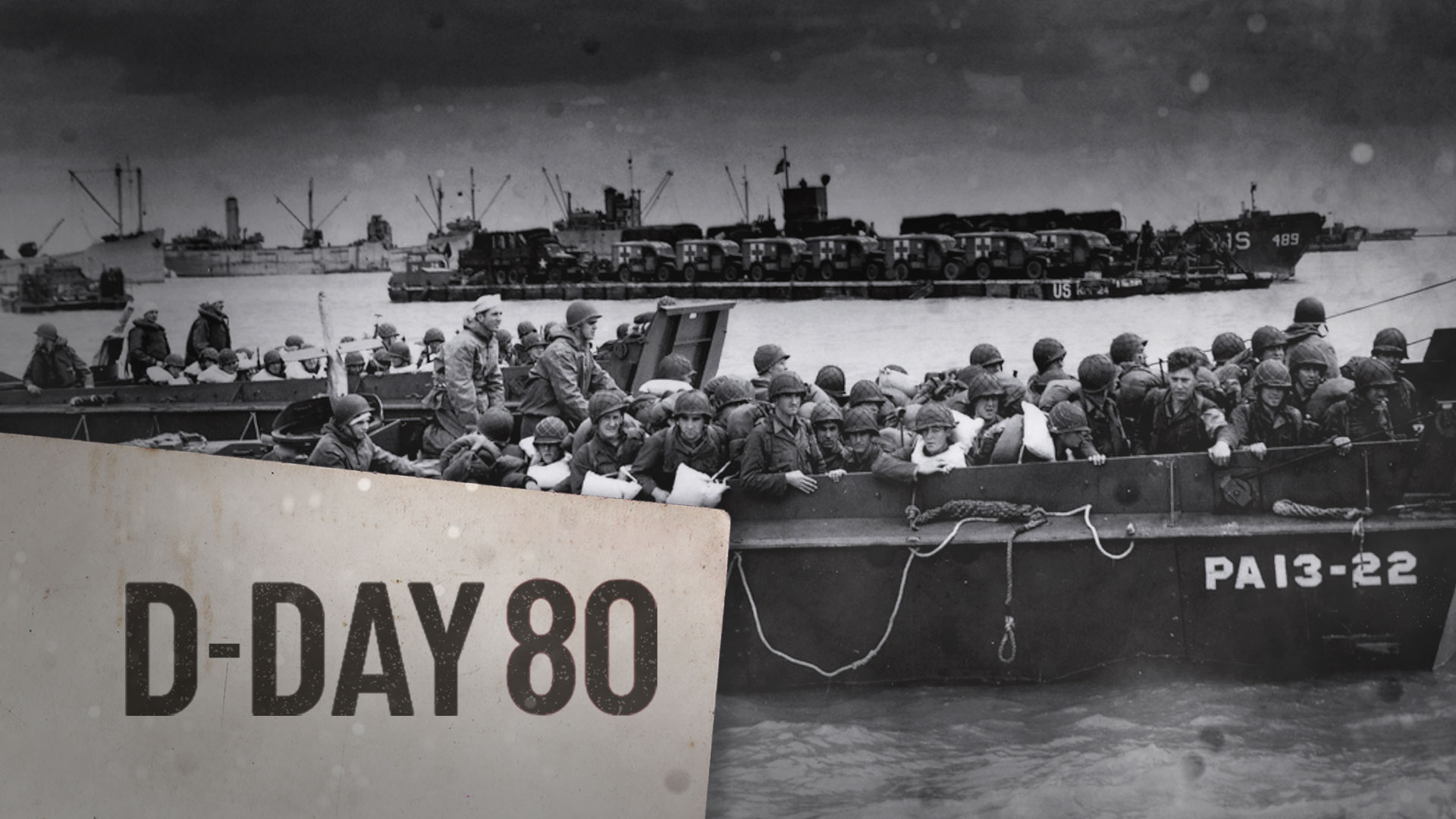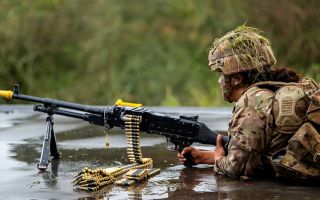
Normandy Landings: Understanding Operation Overlord, Neptune and D-Day

Operation Overlord was the codename for the Allied invasion of northwest Europe and it began with the naval assault phase known as Operation Neptune.
D-Day was the start of Operation Neptune on 6 June 1944, involving landing troops across five assault beaches – Utah, Omaha, Gold, Juno and Sword – along a 50-mile stretch of Normandy coastline as they began their advance into France.
D-Day is a general term for the start date of any military operation – the 'D' stands for 'day', often used when the exact date is either secret or not yet known.
It was the largest amphibious invasion in the history of warfare, involving soldiers from the United States, the UK, Canada and numerous other Allied nations.
Paratroopers began landing after midnight, followed by a massive naval and aerial bombardment at 06:30.
Nearly 7,000 naval vessels, including battleships, destroyers, minesweepers, escorts and assault craft, transported more than 150,000 troops to the five beaches.
Despite challenges, including mis-landings and fierce opposition, Allied forces established a critical beachhead in Normandy by the end of the day – although this was just the first step in the Normandy campaign.
Following D-Day, the Allies launched a series of additional offensives to try to advance further inland as they faced strong and determined German resistance.
By 30 June, the Allies had established a firm foothold in Normandy – 850,279 men, 148,803 vehicles and 570,505 tons of supplies had landed in France.
Operation Overlord opened the long-awaited second front against Germany which weakened their position in western Europe and relieved pressure on the Soviet Union in the east.
It continued until Allied forces crossed the River Seine on 19 August.
Although Operation Overlord did not bring an end to the war in Europe, it began the process through which victory was eventually achieved.
By the end of August 1944, the German army and Waffen-SS were in full retreat from France, and after a failed counter-offensive in the Ardennes in December 1944, the Allies resumed their advance towards Germany.









